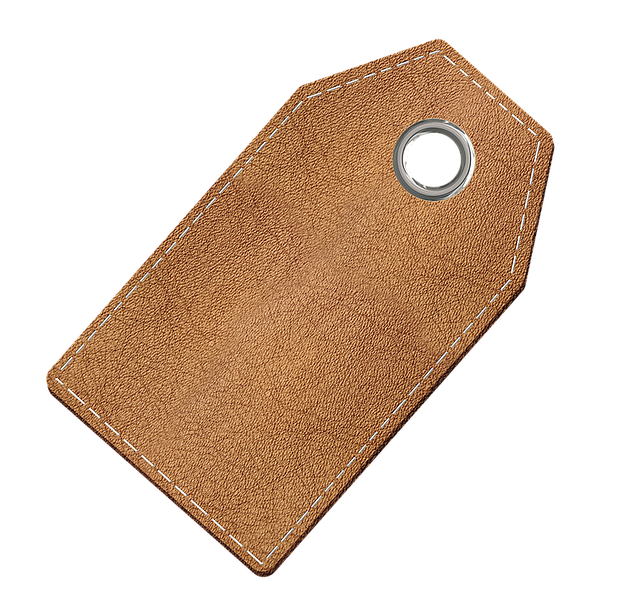Skin tags, caused by friction and genetics, require tailored removal methods. Choose gentle techniques like cryotherapy, surgical excision, duct tape, or salicylic acid to avoid scarring. At-home methods need careful consideration, patch testing, and qualified practitioners for sensitive skin. Post-removal, a soothing skincare routine and sun protection aid healing. "Gentle skin tag removal method" ensures effective, safe solutions.
“Discover the best practices for safely and effectively removing skin tags from the comfort of your home. Understanding different types and causes of these common growths is key, followed by exploring non-invasive, gentle techniques. Learn about at-home tools and materials, crucial safety precautions, and a post-removal skincare routine to maintain healthy, smooth skin. Implement these steps for a gentle skin tag removal method that suits your needs.”
- Understanding Skin Tags: Causes and Types
- Non-Invasive, Gentle Removal Techniques
- At-Home Tools and Materials
- Safety Precautions for Home Treatments
- Effective Yet Gentle Skincare Routine Post-Removal
Understanding Skin Tags: Causes and Types

Skin tags are small, soft bumps that develop on the skin, often appearing as dangling pieces of tissue. They are typically harmless but can be a nuisance for many people. Understanding their causes and types is the first step towards choosing an effective and gentle skin tag removal method.
The most common cause of skin tags is friction or constant rubbing of skin against itself. This is why they often occur in areas like the neck, armpits, groin, and ankles. They can also be inherited, as certain genetic conditions predispose individuals to developing skin tags more readily. There are various types, including acral tags, which usually appear on the palms or soles, and angular tags, that tend to form at body joints. Knowing these variations helps in selecting the right approach, whether it’s a home remedy to minimize the appearance of skin tags or consulting a professional for removal nottingham, with easy steps to get rid of skin tags considered where necessary.
Non-Invasive, Gentle Removal Techniques

When considering at-home skin tag removal, it’s crucial to opt for non-invasive, gentle methods that won’t cause further irritation or damage to your skin. Traditional methods like cutting or burning off skin tags can lead to scarring and infection if not done properly. A safer alternative is seeking professional services from reputable clinics such as Mansfield Skin Tag Clinic, Bolton Skin Tag Clinic, or Private Skin Tag Removal Chelmsford. These establishments employ advanced techniques like cryotherapy (freezing) and surgical excision that are both effective and minimally invasive.
Choosing the right at-home method involves understanding your skin’s sensitivity. Some popular gentle removal options include over-the-counter medicated adhesive strips and topical creams with salicylic acid or apple cider vinegar. These products offer convenience and accessibility, but always follow instructions carefully to avoid complications. Remember, while DIY methods can be tempting for quick fixes, consulting a professional for private skin tag removal in Chelmsford or similar areas ensures the best outcomes without putting your skin at risk.
At-Home Tools and Materials

When considering a gentle skin tag removal method, there are several at-home tools and materials that can help achieve smooth and clear skin. One popular option is using medical-grade duct tape, which has been shown to effectively remove skin tags through a process of dehydration and shedding. This simple yet effective technique involves applying a piece of duct tape over the skin tag for several days or until it falls off.
Another alternative to cutting off skin tags is utilizing salicylic acid, a beta-hydroxy acid (BHA) commonly found in over-the-counter acne treatments. By gently exfoliating the skin and softening the skin tag, salicylic acid can help with at-home care tips for better skin tag management. It’s important to note that while these methods are considered safer and more gentle than other private skin tag removal options in Rotherham, they may not be suitable for everyone, so always patch test before applying any product or method.
Safety Precautions for Home Treatments

When attempting at-home skin tag removal, safety should be your top priority. It’s crucial to approach any DIY beauty routine with care, especially when dealing with potentially sensitive areas like the neck or face. Many over-the-counter gentler skin tag removal methods use ingredients like salicylic acid, duct tape, or apple cider vinegar, which can effectively reduce tags without harsh irritation. However, these methods might not be suitable for everyone, and reactions can vary.
Before proceeding with any home treatment, consider consulting a dermatologist, especially if you have a history of skin sensitivities or underlying conditions. Additionally, when opting for private skin tag removal services in your area—say, in Southend-on-Sea, Mansfield, or Blackpool—ensuring the practitioner is qualified and uses sterile equipment is paramount to prevent infection and complications. Always follow instructions carefully and be mindful that results may vary based on individual factors.
Effective Yet Gentle Skincare Routine Post-Removal

After successfully removing skin tags using a gentle method like freezing or non-invasive laser treatments, it’s crucial to maintain a consistent yet soothing skincare routine. The goal is to nurture and protect the treated area while ensuring your skin heals properly. Opt for mild, fragrance-free cleansers and moisturizers suitable for sensitive skin to avoid irritation. Gentle exfoliation can help remove any dead skin cells but be cautious not to overdo it, as this may cause further discomfort.
Hydration is key; keeping the skin well-moisturized promotes healing and prevents dryness. Avoid harsh sunlight and always apply sunscreen when outdoors, as exposure to UV rays might lead to hyperpigmentation or prolonged healing. Remember, patience is vital; some skin tags may take longer to disappear completely, but with consistent care, you’ll achieve smooth, tag-free skin.
When considering at-home skin tag removal, it’s crucial to opt for a gentle yet effective method. By understanding the causes and types of skin tags, choosing the right tools and materials, and adhering to safety precautions, you can successfully remove these minor skin imperfections while maintaining healthy, glowing skin. A post-removal skincare routine will further ensure your skin recovers smoothly. Remember, patience and consistency are key; a gentle approach will deliver the best results without causing irritation or damage.
